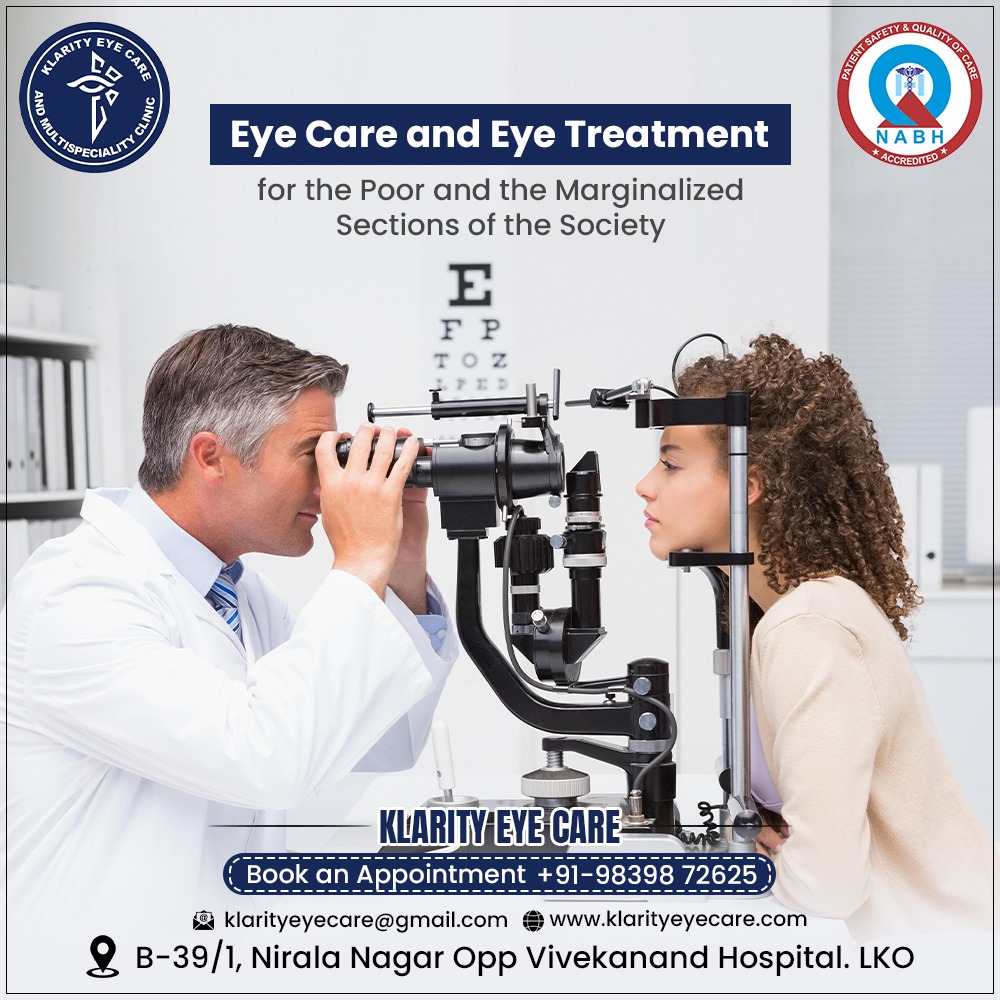When it comes to maintaining your overall health, your vascular system plays a critical role. Many people, however, often overlook the importance of vascular health, which can lead to serious complications down the line. Knowing when to see a vascular doctor can make a significant difference in preventing conditions such as peripheral artery disease (PAD), varicose veins, and deep vein thrombosis (DVT). In this guide, we’ll explore the advantages of early detection, what symptoms to look for, and why seeing a vascular doctor at the right time is essential for your long-term well-being.
Why Early Detection Is Crucial for Vascular Health
One of the greatest advantages of consulting a vascular doctor early is the potential to detect problems before they become severe. Vascular diseases are often progressive, meaning they worsen over time if left untreated. Early detection can help:
- Prevent complications: Identifying vascular issues at an early stage can prevent life-threatening events such as strokes, heart attacks, or severe limb ischemia.
- Improve treatment outcomes: Timely intervention typically leads to better results, especially when it comes to minimally invasive treatments.
- Avoid surgery: Some vascular problems can be managed through lifestyle changes or medication if caught early, preventing the need for invasive procedures.
Common Signs It’s Time to See a Vascular Doctor
Understanding when to seek medical attention is key. While vascular diseases may not always cause noticeable symptoms, there are several warning signs that you should not ignore. If you experience any of the following, it may be time to consult a vascular specialist:
1. Persistent Leg Pain or Cramps
Leg pain, especially when walking or exercising, can be a sign of peripheral artery disease (PAD). PAD occurs when arteries in your legs narrow due to plaque buildup, limiting blood flow. The pain typically eases with rest but worsens during physical activity. If you notice cramping in your calves or thighs that doesn’t improve, it’s essential to see a vascular doctor to evaluate the health of your arteries.
2. Swollen or Discolored Legs
Swelling in the legs, ankles, or feet could indicate poor blood circulation or a more serious condition like deep vein thrombosis (DVT). DVT involves the formation of a blood clot in a deep vein, often in the leg, and can lead to life-threatening complications if the clot travels to the lungs, causing a pulmonary embolism. Additionally, if you notice your legs becoming discolored—turning bluish or purple—this can signal a problem with your veins or arteries that requires immediate attention.
3. Varicose or Spider Veins
While varicose and spider veins are often seen as cosmetic concerns, they can sometimes indicate an underlying vascular issue. Varicose veins occur when veins become enlarged and overfilled with blood, which may suggest venous insufficiency or other circulatory problems. If you experience aching, heaviness, or throbbing in your legs in conjunction with varicose veins, seeing a vascular doctor can help address these concerns and determine if treatment is necessary.
4. Non-Healing Wounds or Ulcers
Wounds or ulcers that don’t heal, especially on the lower legs or feet, may be a sign of poor blood flow, often associated with peripheral artery disease (PAD). Adequate circulation is essential for wound healing, and if the blood supply is insufficient, wounds can take longer to heal or become infected. A vascular doctor can assess your circulation and recommend appropriate treatments to improve healing.
Medical Conditions That Warrant a Visit to a Vascular Doctor
Certain medical conditions make it more likely that you’ll need to see a vascular doctor regularly. These conditions often require specialized care to monitor and manage the vascular system effectively.
1. Diabetes
Diabetes is a significant risk factor for vascular diseases, as high blood sugar levels can damage blood vessels over time. This can lead to conditions such as PAD, where narrowed arteries reduce blood flow to your extremities, increasing the risk of ulcers, infections, and in severe cases, amputation. If you have diabetes, it’s crucial to be proactive about your vascular health by scheduling regular visits with a vascular doctor.
2. High Blood Pressure and Cholesterol
Both high blood pressure and high cholesterol are common causes of vascular disease. Over time, elevated cholesterol levels can lead to plaque buildup in your arteries (atherosclerosis), which restricts blood flow and increases the risk of heart attacks, strokes, and peripheral artery disease. Similarly, high blood pressure puts strain on the walls of your arteries, causing them to weaken and become more prone to damage. If you have either of these conditions, a vascular doctor can help manage your risk and suggest treatments to protect your blood vessels.
3. Smoking
Smoking is one of the leading risk factors for vascular disease, as it damages the lining of your blood vessels and promotes the formation of plaque. Smokers are at a significantly higher risk of developing conditions like peripheral artery disease (PAD), aneurysms, and blood clots. If you are a smoker or have a history of smoking, it’s advisable to see a vascular doctor regularly to monitor the health of your arteries and veins.
When to Seek Immediate Care from a Vascular Doctor
Some symptoms require urgent attention and should not be ignored, as they can indicate a severe vascular problem that needs immediate treatment.
1. Sudden Leg Pain with Warmth and Swelling
If you experience sudden, intense leg pain accompanied by warmth and swelling, it could be a sign of deep vein thrombosis (DVT). DVT is a serious condition that can lead to a life-threatening pulmonary embolism if not treated promptly. Seek immediate medical attention if you notice these symptoms, as early treatment can prevent complications.
2. Sudden Numbness or Weakness in the Limbs
Sudden numbness, weakness, or difficulty moving a limb could be a sign of an arterial blockage or stroke. A blocked artery can cut off the blood supply to your brain or extremities, causing long-term damage if not addressed quickly. If you experience these symptoms, contact a vascular doctor or emergency services immediately.
3. Chest Pain or Shortness of Breath
While chest pain and shortness of breath are often associated with heart problems, they can also be signs of vascular issues such as an aneurysm or a blood clot in the lungs. If you experience these symptoms, especially if they come on suddenly, it’s essential to seek emergency care from a vascular specialist.
Conclusion: Why Seeing a Vascular Doctor Can Save Your Life
Your vascular system is crucial to your overall health, and recognizing the signs of vascular disease can help you prevent serious complications. Whether you’re experiencing leg pain, swelling, or have risk factors such as diabetes, high blood pressure, or smoking, seeing a vascular doctor at the right time can protect your long-term health.
Early detection is the key advantage when it comes to vascular care. Regular checkups with a vascular doctor ensure that any problems are caught early, allowing for timely and often less invasive treatments. Don’t wait until symptoms worsen—being proactive about your vascular health can significantly improve your quality of life and prevent life-threatening conditions.

